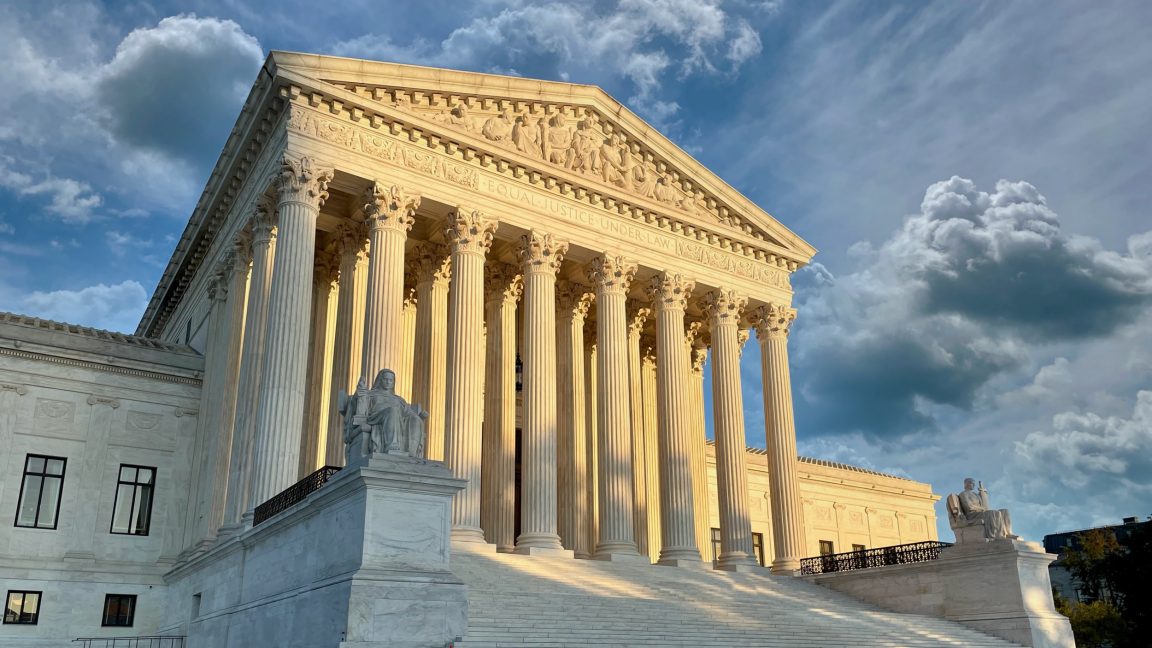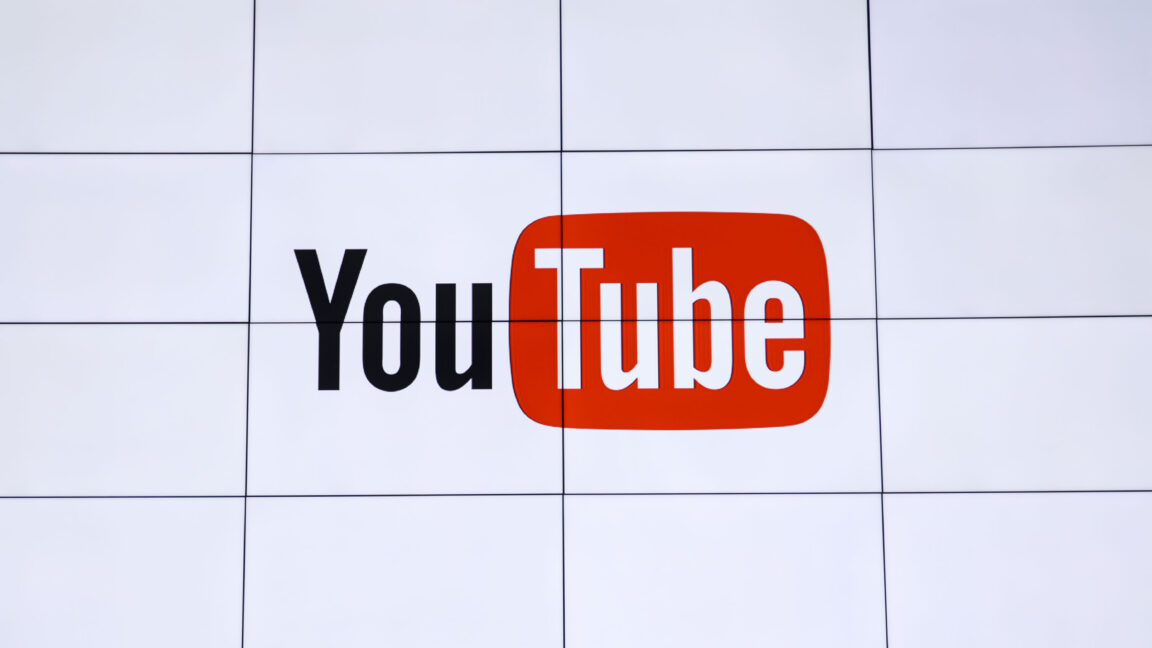As data center demand soars, Amazon expands use of recycled wastewater to cool its cloud
Amazon Web Services is more than halfway to its 2030 goal of being “water positive” — meaning it replenishes more clean water than it uses. And supporting that effort is a newly announced initiative to expand its use of recycled waste water instead of drinking water to cool 120 of its U.S. data centers by the end of this decade. AWS is wringing more water out of its cloud operations, marking a 40% improvement in its water use efficiency over the past three years. And it’s 53% of the way toward becoming water positive, based on 2024 data — up… Read More


Amazon Web Services is more than halfway to its 2030 goal of being “water positive” — meaning it replenishes more clean water than it uses. And supporting that effort is a newly announced initiative to expand its use of recycled waste water instead of drinking water to cool 120 of its U.S. data centers by the end of this decade.
AWS is wringing more water out of its cloud operations, marking a 40% improvement in its water use efficiency over the past three years. And it’s 53% of the way toward becoming water positive, based on 2024 data — up from 41% from the year before.
“We’re pretty proud of the fact that our global water use efficiency is really industry leading,” Kevin Miller, vice president of global data center operations for AWS, said in an interview.
The water challenge is driven by data centers containing servers that act as the backbone of the internet, powering increasingly popular artificial intelligence tools. The electronics produce intense heat that needs to be wicked away to keep the devices running properly, and cooling them requires a combination of energy and water use.
The issue has become increasingly urgent as Amazon and other cloud giants expand their thirsty data center operations worldwide. Bloomberg recently reported that nearly two-thirds of the U.S. data centers that were built or are under development in the past three years are located in water-stressed areas. Amazon alone plans to invest $100 billion in its data centers over a decade, which includes construction of new facilities.
Data center operators use a variety of cooling tech that include fans, air that’s cooled using evaporated water, air conditioning, and direct liquid cooling. The strategies are a resource balancing act: air conditioning, for example, draws more electricity, but saves water, while cooling with evaporated water is less energy intensive, but sucks up water.
Amazon also has clean energy goals to meet, and since 2023 has matched 100% of its electricity consumption with the purchase of an equal amount of power produced by carbon-free sources.

Optimizing cooling
To keep its servers humming, AWS relies primarily on fans and evaporation-cooled air, depending on the location of the data center, the time of day, the weather and other factors. The moistened, cooled air is ultimately released from the building.
“We’re constantly adjusting based on what’s really going on throughout the day to keep it in the optimal cooling configuration, minimizing water usage,” Miller said.
Since 2019, AWS has used recycled water at some data centers in Virginia, which is a hub for server facilities. The company currently uses reclaimed water at 24 sites, including locations in California and Singapore. The new initiative will expand the practice to Georgia and Mississippi. Miller declined to say how many data centers AWS has in total, saying that 120 sites represents “a meaningful share” of its operations.
The recycled water typically comes from sewage plants and has been treated but is not potable.
By 2030, AWS expects to avoid the consumption of more than 530 million gallons of drinking-water through its use of recycled water.
“Amazon is not only preserving precious drinking water supplies for communities but also demonstrating that water reuse is a viable, sustainable solution for water-intensive industries,” said Brian Biesemeyer, interim executive director of the WateReuse Association, in a statement.
To reach water positive, AWS is also investing in water storage efforts; the restoration of watersheds and wetlands that naturally replenish supplies; and the construction of water treatment systems.
While it’s making progress, critics say the tally should also include the significant amounts of water consumed by some of the power plants that provide energy to AWS.

Water innovation
AWS is on its sixth data center design and continues exploring ways to curb its water use, Miller said. That includes looking for leaks in pipes running to data centers. It’s fine-tuning the material that the air flows through when it picks up the water to optimize the moisture in the air. AWS does dynamic models of the airflow within data centers for improved cooling.
Other companies are likewise innovating to reduce water use, including fellow Seattle-area cloud behemoth Microsoft.
Microsoft is using recycled water at sites in Washington, California, Texas and Singapore, and has designed a closed-loop cooling system, meaning it will need to be filled with water only once. It plans to deploy this approach in Wisconsin and Arizona next year. The company said it will use nominally more power than evaporation systems.
“The industry is committed to responsible water use,” said Josh Levi, president of the Data Center Coalition, by email. “Data centers are actively investing in and deploying innovations, such as waterless cooling systems, closed-loop systems, and the use of recycled or reclaimed water.”
But Amazon remains out in front when considering water use efficiency (WUE), a measure developed by the nonprofit group The Green Grid to indicate how well the resource is being used relative to a data center’s energy consumption.
Microsoft’s WUE was 0.30 liters of water per kilowatt hour of power for its last fiscal year — which is a notable improvement over past performance. Amazon’s WUE is half that amount, hitting 0.15 last year.
























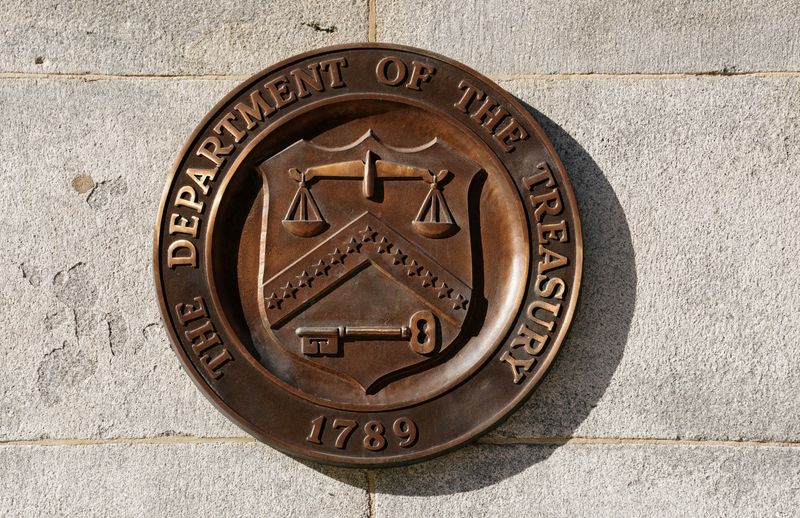








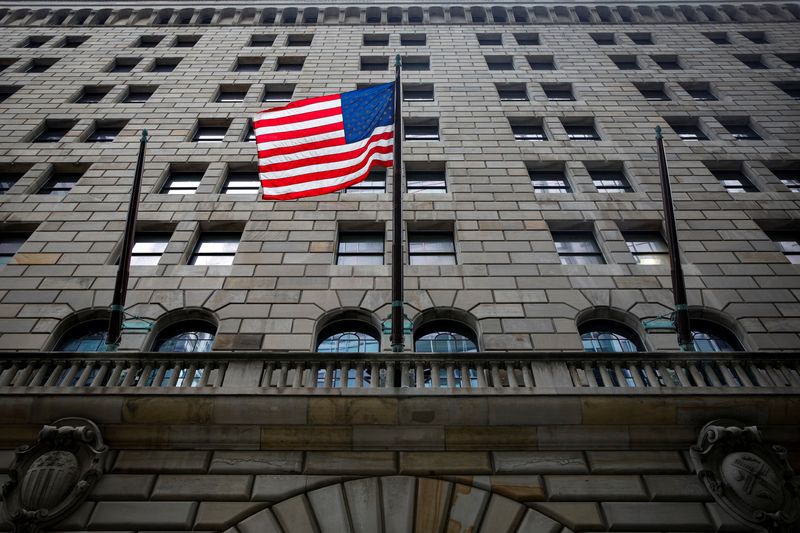























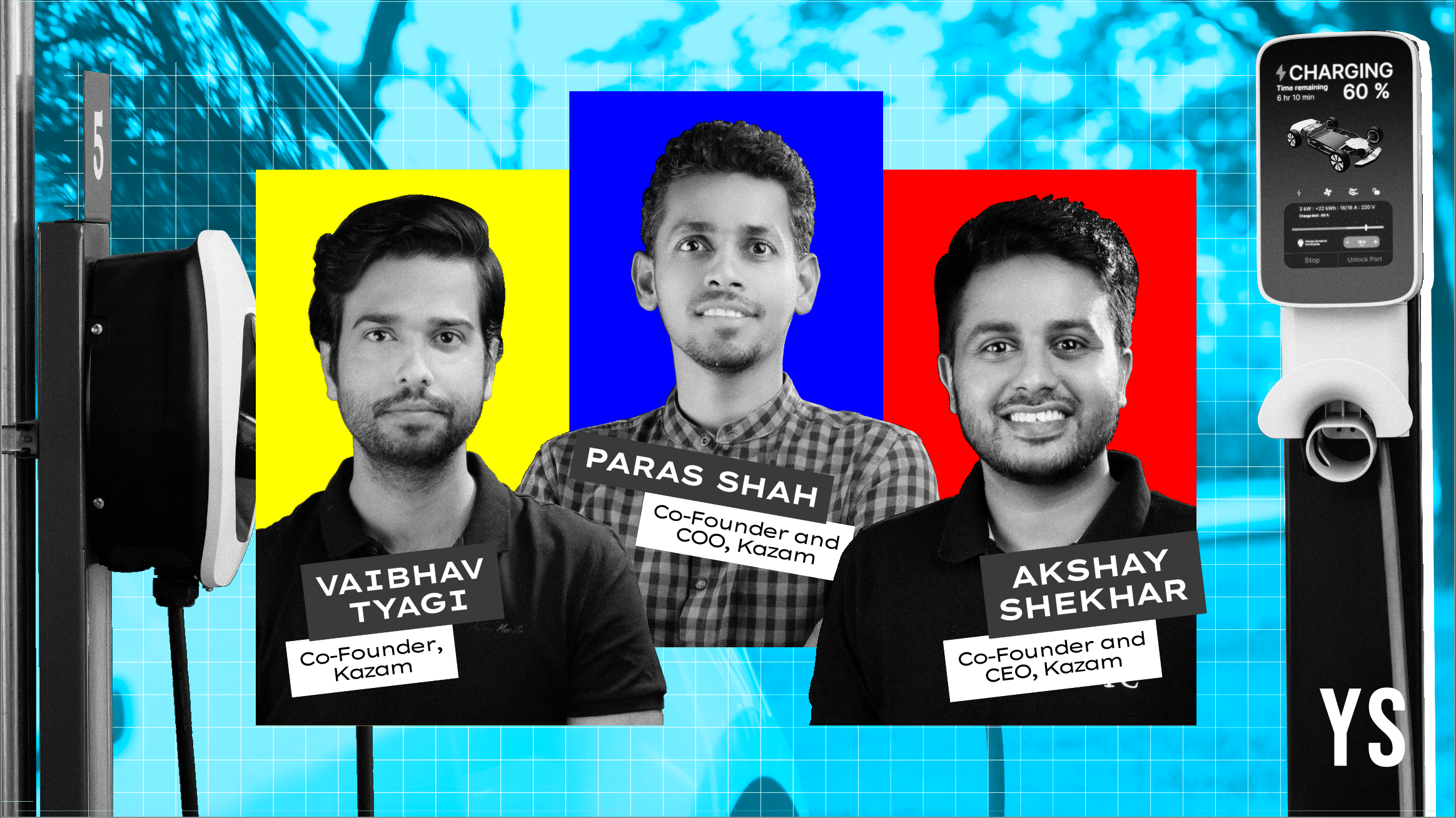


























































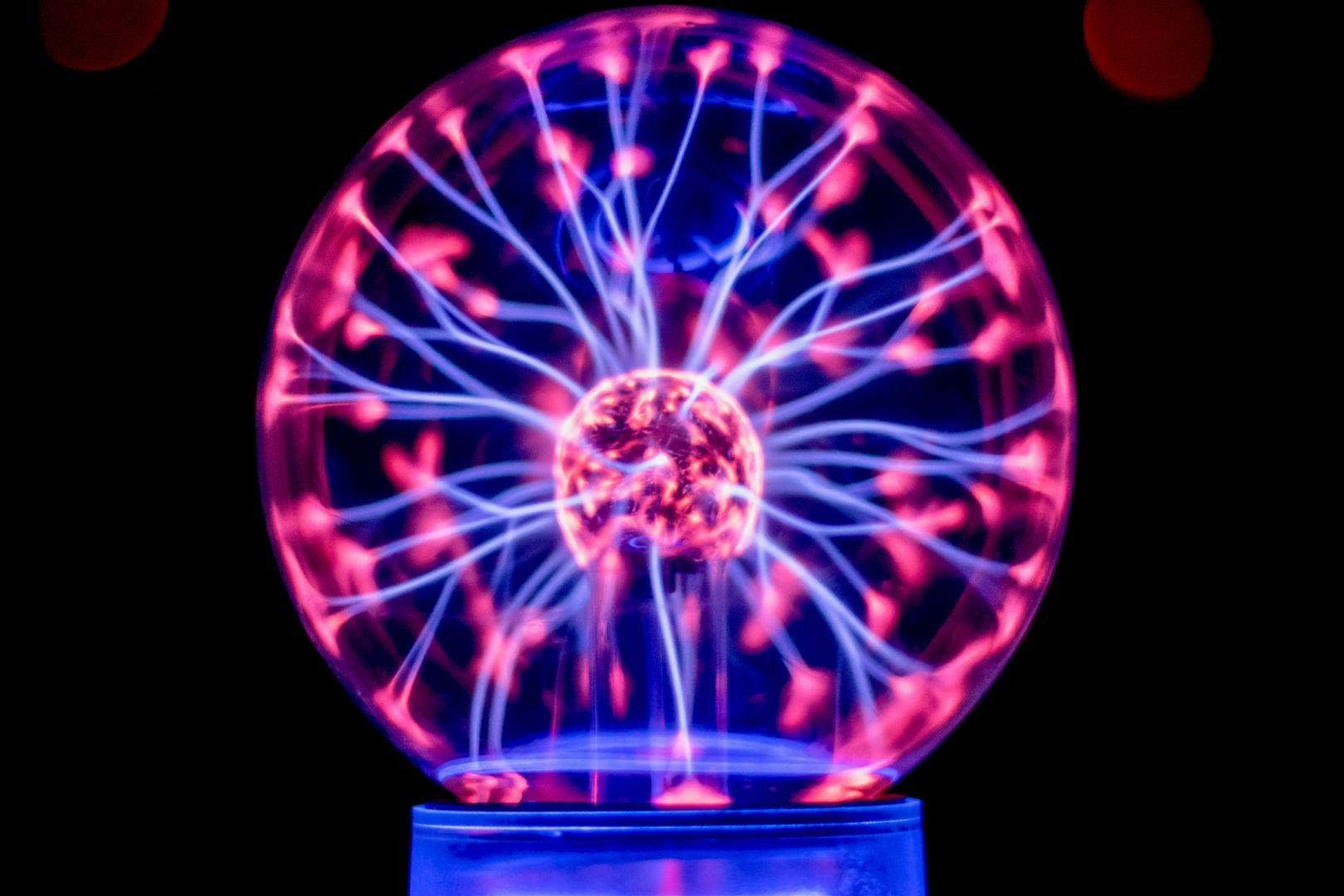

















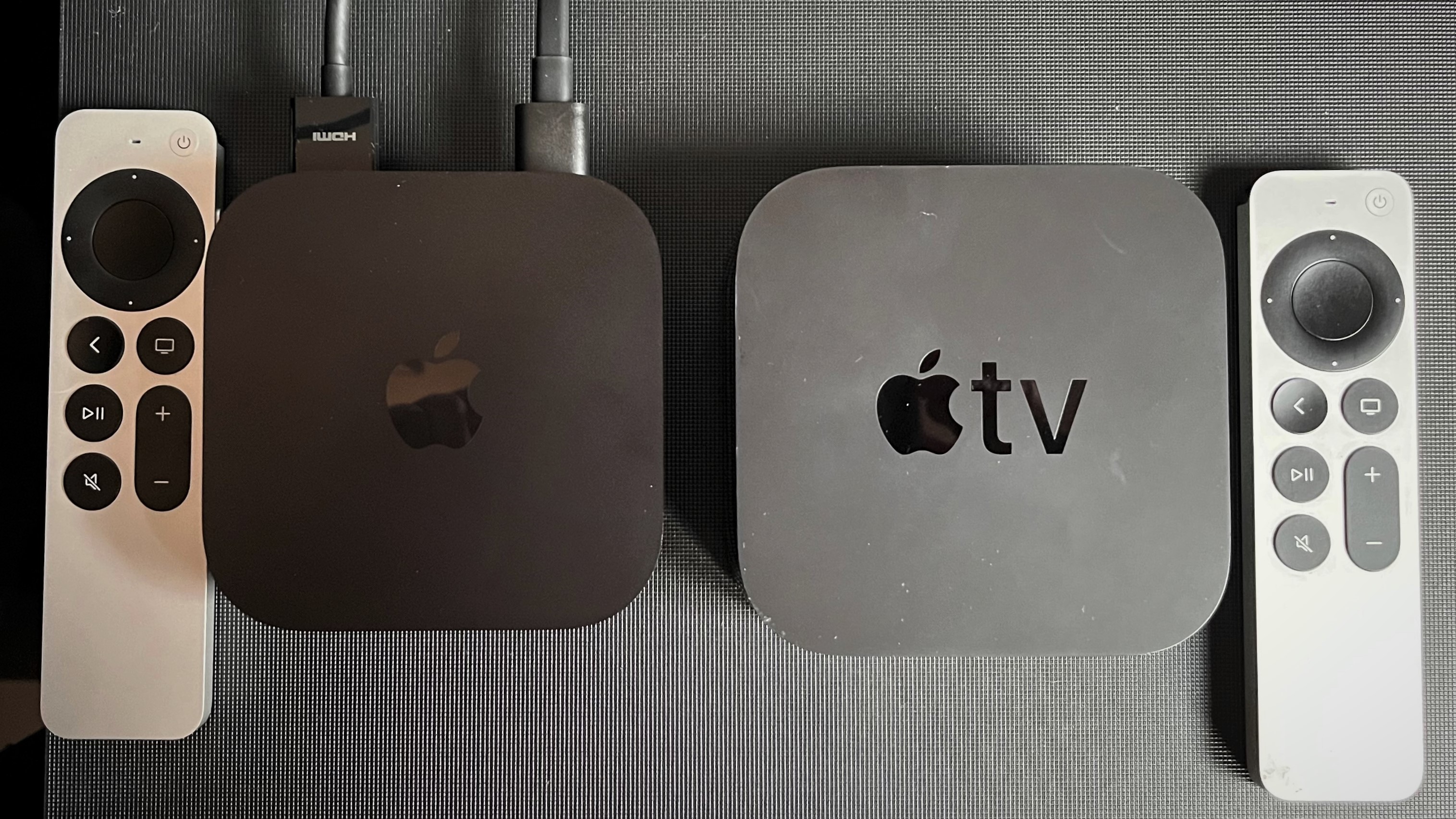










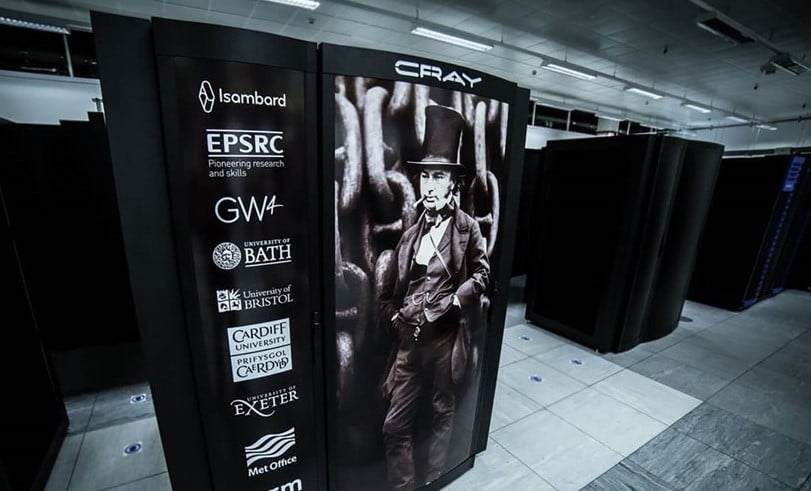



























.jpg)







